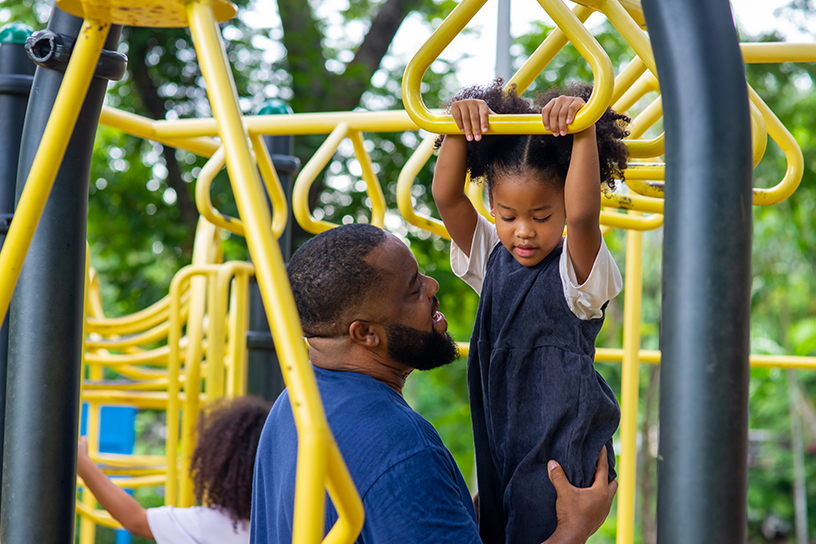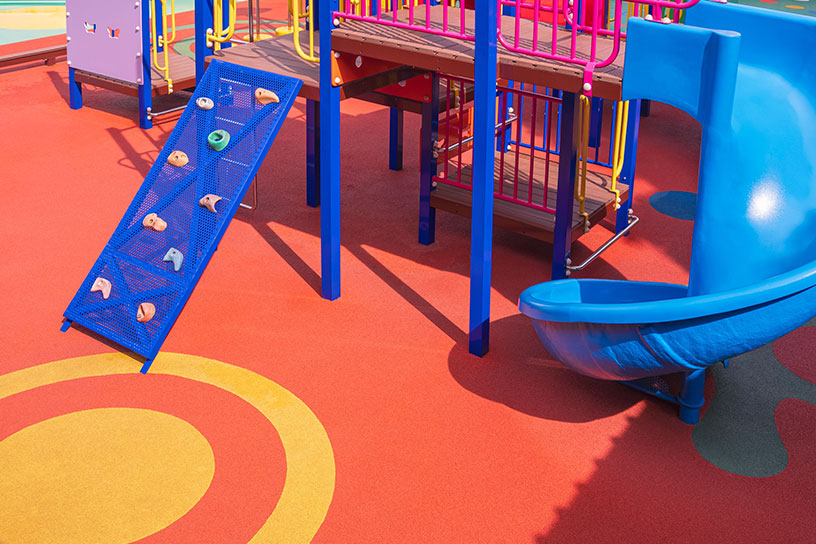Playgrounds are integral to the development and joy of children, offering a space for physical activity, social interaction, and imaginative play. However, ensuring these spaces are safe is crucial. With varying climates, cultures, and resources, local playground safety standards differ, yet the goal remains the same: to create secure environments where children can play without the risk of serious injury.
The Importance of Playground Safety
Playground safety is a critical issue as it directly impacts the well-being of children. According to the World Health Organization (WHO), playground injuries are a significant cause of childhood mortality. Ensuring safety involves addressing equipment design, surfacing materials, maintenance practices, and supervision.
Equipment Design and Installation
Design: Equipment should be age-appropriate and designed to minimize hazards. This includes ensuring that there are no sharp edges, entrapment spaces, or protruding hardware that could cause injuries.
Installation: Proper installation is essential. Equipment should be anchored securely, and moving parts should function correctly without posing a risk.
Surfacing
Material: The choice of surfacing material plays a crucial role in injury prevention. Common materials include sand, wood chips, rubber mulch, and synthetic turf. These materials help absorb impact and reduce the severity of injuries from falls.
Depth: Adequate depth of the surfacing material is vital. For instance, the Consumer Product Safety Commission (CPSC) in the United States recommends a minimum of 12 inches of wood chips for equipment up to 10 feet high.
Regular Maintenance
Playground Inspection: Regular inspections ensure that the equipment remains in good condition and that any wear and tear or damage is promptly addressed.
Playground Repairs: Immediate repairs of any hazardous conditions, such as broken equipment or degraded surfacing, are necessary to maintain a safe play environment.
Supervision and Education
Supervision: Active supervision by adults can prevent many accidents. Supervisors should be aware of the playground's layout and potential hazards.
Education: Educating children on the proper use of playground equipment and the importance of safe play practices can significantly reduce the risk of injury.
International Standards and Regulations
Various organizations around the world have established safety standards for playgrounds. These standards ensure a consistent approach to playground safety, though they may vary slightly based on regional needs and regulations. Listed below are a few examples of International Standards and Regulations.
United States Playground Regulations:
The CPSC provides comprehensive guidelines in the Public Playground Safety Handbook. ASTM International (formerly known as the American Society for Testing and Materials) sets voluntary standards, such as ASTM F1487, for playground equipment.
European Playground Regulations:
The European Committee for Standardization (CEN) sets playground safety standards, encapsulated in EN 1176 and EN 1177. These standards cover equipment design, surfacing, and maintenance requirements.
Australia and New Zealand Playground Regulations:
Standards Australia and Standards New Zealand have developed AS/NZS 4486.1, which provides guidelines for the development, installation, inspection, maintenance, and operation of playgrounds.
Canada Playground Regulations:
The Canadian Standards Association (CSA) has established CSA Z614, which outlines requirements for play spaces and equipment safety.
The Role of Community and Government
Ensuring playground safety is a collaborative effort. Governments, through legislation and regulation, play a critical role in mandating safety standards. Local communities and municipalities are responsible for implementing these standards, conducting regular inspections, and ensuring maintenance.
Moreover, community involvement in the design and upkeep of playgrounds fosters a sense of ownership and responsibility. Educational campaigns can raise awareness about playground safety, encouraging both parents and children to engage in safe play practices.
Adhering to global playground safety standards is paramount in creating safe environments that nurture these benefits. By focusing on proper equipment design, suitable surfacing materials, regular maintenance, and active supervision, we can ensure that playgrounds remain safe havens for children worldwide. Together, through informed action and community involvement, we can make playgrounds safer and more enjoyable for everyone.





